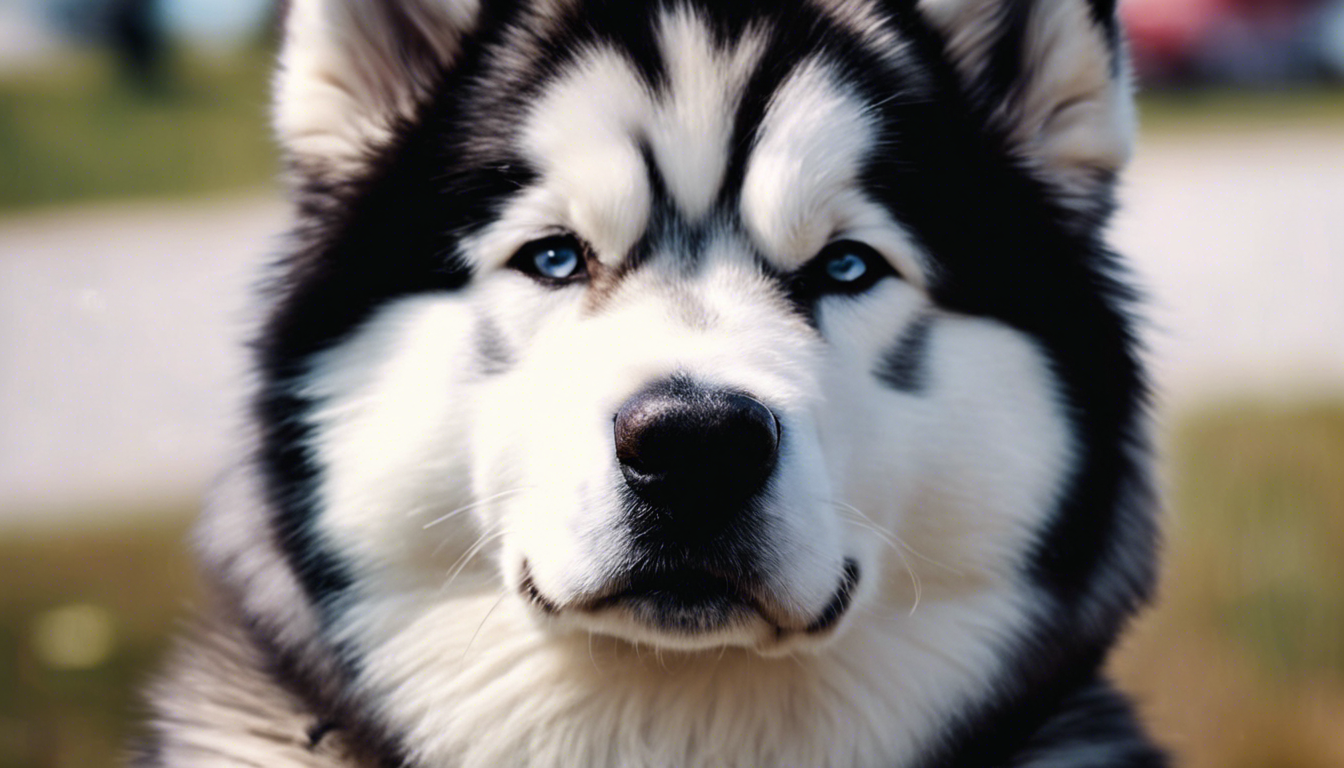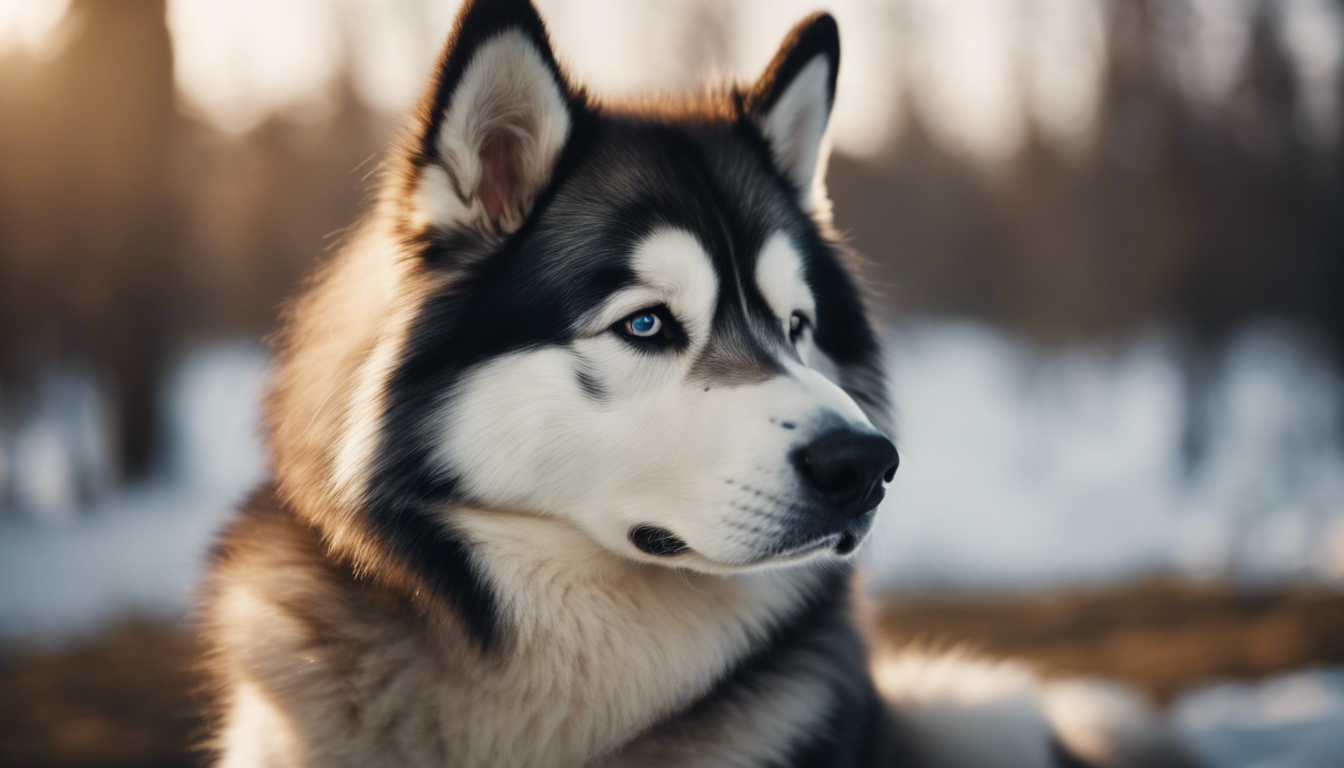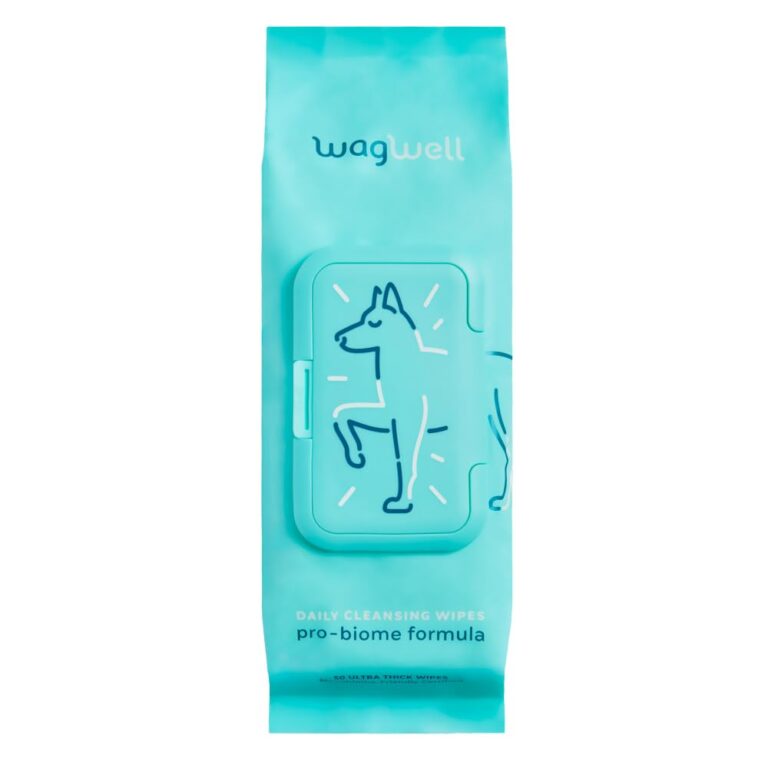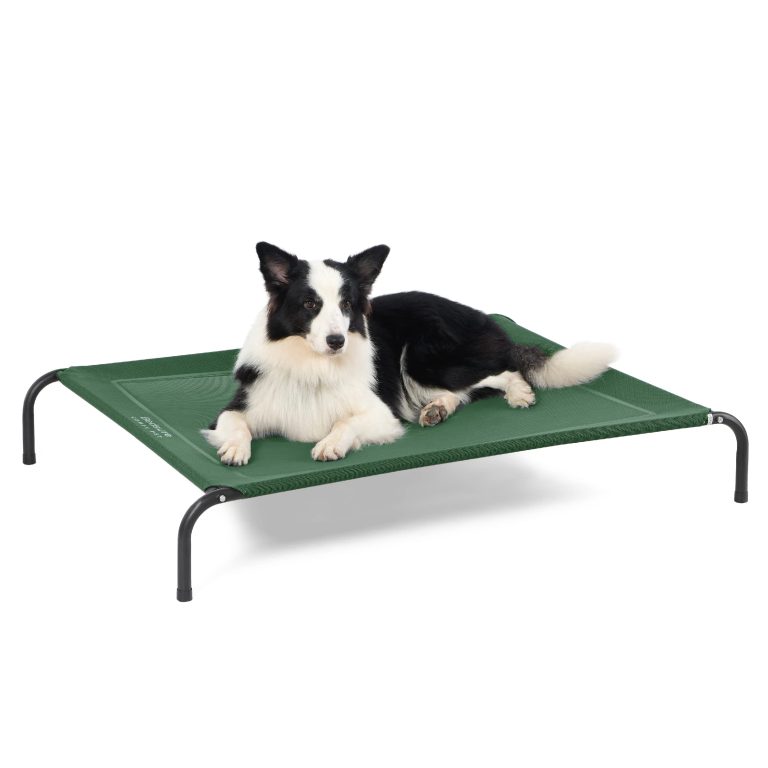Alaskan Malamute

History and origins of the Alaskan Malamute
The Alaskan Malamute is a breed steeped in history, with its origins tracing back over a thousand years. These majestic dogs were named after the Mahlemut Inuit tribe, who settled along the shores of Kotzebue Sound in the northwestern part of Alaska. Renowned for their strength, endurance, and ability to survive in harsh climates, the Mahlemuts developed these dogs not only as hunting companions but also to pull heavy sledges loaded with food or camp supplies across vast, snowy expanses.
Unlike their cousin, the Siberian Husky, which was bred for speed, the Alaskan Malamute was specifically designed for power and stamina. This was an important feature for a dog required to haul heavy loads over long distances. In times past, Malamutes played a vital role in human survival, enabling the Mahlemut tribe to thrive in a frigid and unforgiving environment. As such, these dogs were highly valued, and the practice of breeding was taken seriously, with an emphasis on preserving their physical capabilities and good nature.
During the gold rush era of the late 1890s, the Alaskan Malamute breed was intermingled with dogs brought by the prospectors. Fortunately, dedicated breed enthusiasts worked to maintain the purity of the breed’s lineage. These efforts were not in vain, as the Malamute’s prowess caught the attention of explorers of the Antarctic in the early 20th century, who used the dogs for polar expeditions.
Today’s Alaskan Malamutes carry the legacy of their ancestors, mirroring the physical characteristics, instinctual behaviors, and the dignified composure that has long been associated with the breed. While they no longer pull sledges for survival, their appearance and temperament continue to resonate with the traditions and lifestyles of the Mahlemut Inuit, providing a living link to the rich cultural tapestry of Alaska’s past.
Characteristics and temperament
Gifted with a striking physical presence, Malamutes are the embodiment of strength and beauty. Their muscular frame, substantial bone structure, and dense double coat are all hallmarks of a breed built to withstand the brute force of Arctic weather. In terms of size, males typically stand at 25 inches at the shoulder, while females are slightly smaller, and both sexes boast a well-furred tail carried over the back, adding to their wolf-like appearance.
Their coat, thick and woolly, comes in a range of colors from light gray to black, sable, and shades of red, often set against a contrasting white background. This luxurious fur serves as insulation against bitter cold, but also requires regular grooming to maintain its condition and to minimize shedding. Owners should be prepared to brush their Malamute at least once a week — more often during the semi-annual shedding seasons.
Underneath the imposing exterior lies a disposition that’s affectionate, friendly, and loyal. These dogs are known for their playful and patient nature, often making them great companions for children. However, they possess a strong-willed streak that requires a firm hand in training. Despite a sometimes headstrong attitude, Malamutes are sensitive creatures and respond best to positive reinforcement rather than harsh correction.
On the flip side, the breed can display a pronounced prey drive, given their history as hunters. This means small animals and pets may be at risk and requires the owner to keep their Malamute securely contained or leashed when outside the family environment. They can also be rather vocal, employing a repertoire that includes howls, woos, and grumbles — a mode of communication that can be endearing, though potentially problematic for neighbors close by.
The Alaskan Malamute is also an extremely social breed that craves companionship. This is a dog that does not fare well when left alone for long periods, and isolation can lead to anxious and destructive behavior. They thrive in a family setting where they can be part of daily activities and are treated as a member of the pack. Their intelligence and eagerness to please make them a pleasure to be around, yet their size and energy level also make it imperative for owners to establish and maintain a role as a calm and assertive leader.
Indeed, an understanding of the inherent traits of the Alaskan Malamute is vital for any potential owner. These dogs are far from being the choice for an inactive lifestyle or the faint-hearted. They’re, however, an excellent fit for those who appreciate and respect the history, the physicality, and the soulful character of this ancient and noble breed.

Health and care considerations
Turning our attention to the health and care considerations of the Alaskan Malamute, it’s important to note that that is generally a hardy breed, thanks in part to its origins in a harsh and demanding climate. But even the strongest of dog breeds have their Achilles’ heel, and the Malamute is no exception. They are predisposed to certain genetic conditions that any responsible owner should be aware of.
One such issue that can affect Malamutes is hip dysplasia, a condition that may be mitigated with responsible breeding practices. It is important that breeders have their dogs’ hips checked and cleared by a certified veterinarian. Likewise, Malamutes can also be prone to inherited polyneuropathy, a neurological disorder, and eye problems such as cataracts and retinal atrophy. Regular veterinary check-ups can help to identify and treat such conditions early on.
Due to their thick double coats, Malamutes require regular grooming to stay comfortable and healthy. Brushing their coat not only helps to keep it free of mats and tangles but also distributes natural oils throughout their fur, maintaining its insulative properties. During shedding season, which occurs twice a year, daily brushing may be necessary to manage the copious amounts of fur they lose.
Exercise is another crucial aspect of caring for a Malamute. The breed is built for activity, and without enough physical and mental stimulation, they can become bored and destructive. Daily walks, hikes, or play sessions are essential, and they also excel in dog sports like weight-pulling, skijoring, and agility, which can provide an excellent outlet for their energy. However, because of their thick coats, it is important to avoid heavy exercise in hot weather to prevent overheating.
When it comes to their diet, the Alaskan Malamute does well on high-quality dog food that can satisfy their nutritional needs. Given their size and energy levels, some may require a diet with a higher calorie content, particularly those that are more active. Nevertheless, it’s equally important to monitor their food intake and weight to prevent obesity, which can exacerbate issues like hip dysplasia.
In addition to regular exercise and grooming, Malamutes need protection from the heat. They were bred for cold weather and can struggle in climates that are warm and humid. Owners should provide plenty of shade, cool water, and an air-conditioned environment during hot spells. Even in cooler climates, it’s advisable to have a shaded area where these dogs can escape the sun’s rays.
Keeping an Alaskan Malamute healthy and happy involves regular veterinary care, proper grooming, sufficient exercise, a balanced diet, and considering their sensitivity to heat. As long as these needs are met, Malamutes can be incredibly rewarding companions, offering their human families loyalty, affection, and a direct link to the rugged wilderness from which they hail.
Training and exercise requirements
When it comes to training and exercise requirements, the Alaskan Malamute is a breed that demands an owner who understands the need for regular, vigorous activity. It is worth reiterating that these dogs were originally bred for work, and their bodies and minds thrive when they have a job to do. Without this outlet for their energy, they can become restless and exhibit unwanted behaviors. Puzzle toys, obedience training, and tasks that mimic their ancestral workload, like pulling carts or sleds, can provide mental stimulation and a sense of purpose that keeps these intelligent dogs satisfied.
Training a Malamute can be both a challenge and a joy. They’re smart, but their independent nature sometimes leads them to question authority. This is why consistent training from a young age is imperative. Start with basic commands and socialization: exposure to different people, animals, and environments will help mold a well-adjusted dog. It’s important for the Malamute to learn hierarchy, with the owner as the leader of the pack, setting clear and consistent boundaries.
Praising your Malamute for good behavior is much more effective than punitive measures. These dogs are eager to please once they have bonded with their owner, so use treats, affection, and positive affirmation as rewards for compliance. However, they can easily become bored with repetitive tasks. Keep training sessions short, fun, and varied to maintain their interest.
As for physical exercise, it is not just about quantity but also the quality. Daily walks are a must, and they should be lengthy and brisk to ensure the dog gets enough cardio. The Alaskan Malamute’s background as a working dog means they excel in activities like hiking, pulling, and running alongside a bike — with the proper safety equipment, of course. In winter months, activities like skijoring or sledding are perfect ways for them to express their genetic heritage and burn off steam.
However, keep in mind Malamutes sometimes have an independent streak that can lead to them wandering off if they catch an interesting scent or spot wildlife. It’s crucial, especially in unfenced areas, to have them under control, either through firm voice commands or on a leash.
Bear in mind, too, that Malamutes are better suited for cooler climates. If you live in a warmer area, schedule exercise during the cooler parts of the day, such as early morning or evening, and always provide ample water to keep them hydrated. They’re not a breed that can be jogged with during the middle of a summer day without risk of overheating.
Remember that social interaction plays a huge part in a Malamute’s well-being. They enjoy being with their family and can make excellent companions during outdoor excursions and activities. Integrating your Malamute into your family’s routine not only satisfies their need for exercise but also nurtures the bond between dog and owner, ultimately creating a fulfilling relationship for both.







